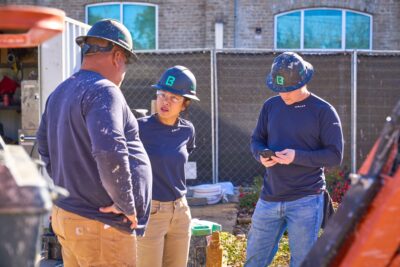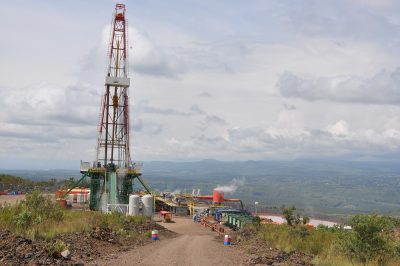Riverside, CA: A city going green
The city of Riverside in Southern California in proximity to Los Angeles will be in the position to derive half of its power from renewable sources by 2013. The public Riverside Public Utilities announced a long-term deal to purchase geothermal energy from Utah.
California has renewable portfolio standards in place that require utilities to provide at least 20% of its electricity distribution from renewable resources until 2010.
While a lot of communities in California face problems meeting those targets, the city of Riverside in Southern California in proximity to Los Angeles will be in the position to derive half of its power from renewable sources by 2013. The public Riverside Public Utilities announced a long-term deal to purchase geothermal energy from Utah. The city will buy the electricity from the Northwestern Band of the Shoshone Nation, a native tribe based in Brigham City in Northern Utah. The 30-year power purchasing agreement will provide the city with about 20% of its base-load energy needs.
This deal makes the Riverside utility in one of the greenest in California, providing it with base-load capacity electricity. The city will pay about 8 cents per kilowatt hour for its power, which – according to the estimates of the city – is about one third cheaper than what it would cost to build a natural gas-fired plant and about half of the cost of solar thermal energy. But it is still double the cost of what the utility today pays for electricity from “dirty coal-fired plants”. With California’s plans to cut greenhouse gas emissions dramatically and having joined four Canadian provinces and seven Western States in a regional carbon cap-and-trade program, there will be soon a price tag on pollution. So in the end this price might end up being a cheap solution for Riverside and maybe other communities in the region.
The Utah tribe has started the work on a geothermal power plant, Shoshone Renaissance plant in Box Elder County, in October 2008 with the company Idatherma and Ireland’s LotusWorks. The plant will be the tribe’s first geothermal plant with a US$ 500 million facility which could provide up to 100 MW of installed capacity. The plant will be built in 3 phases, a first phase with 32 MW construction scheduled to be complete and producing energy in early 2010 and the second 32 MW unit going online about a year later.
Source: Los Angeles Times and Cleantech.com











